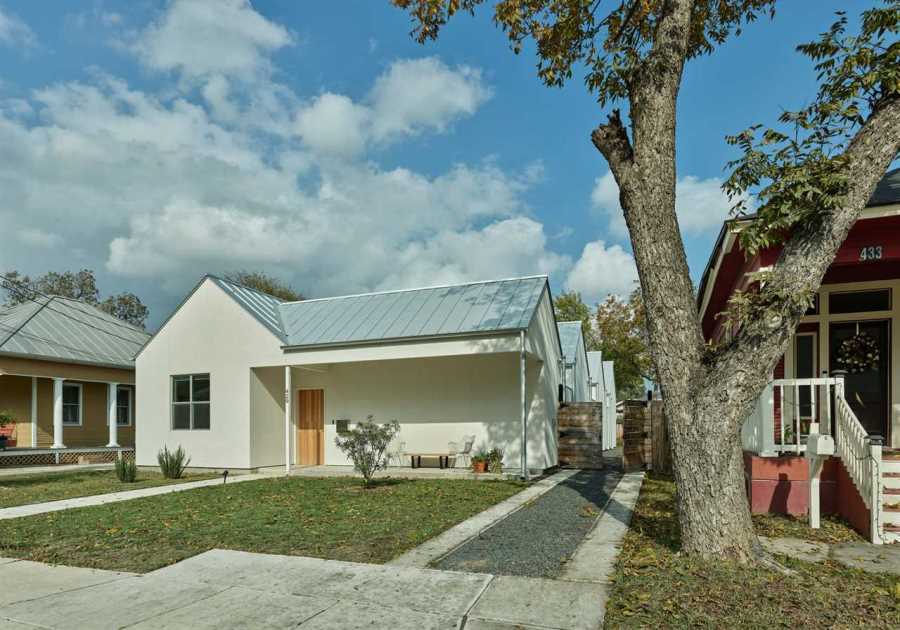Alcynna Lloyd
- In 2018, Terry Lantrip converted part of a one-acre investment property into a tiny home village.
- The village has 13 lots that cost renters, who bring their own tiny homes, around $700 each month.
- Residents of the tight-knit community share common areas like a garden, fire pit, and laundry room.
In 2002, Terry Lantrip purchased a North Texas farmhouse on an acre of land in Lake Dallas, a small city of about 7,000 people located on the shores of Lewisville Lake.
Lantrip, a mom and pop real-estate investor and founder of Urban-Retro, initially had no plans for the sprawling property beyond holding it as a real-estate investment.
A contingency from its previous owners limited what he could do to develop the land.
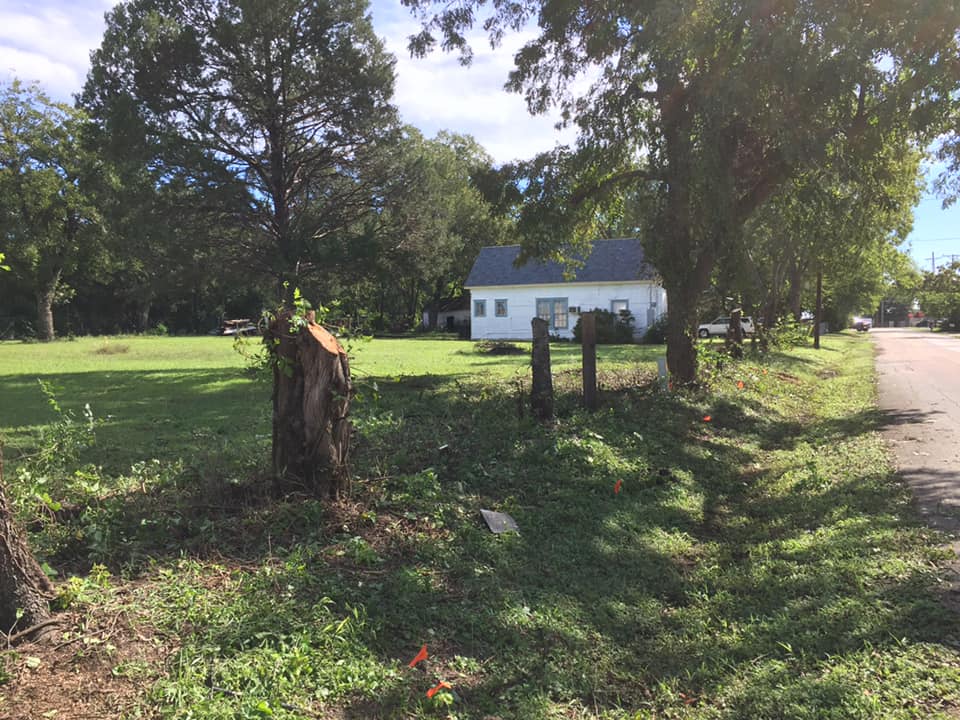
Courtesy of Terry Lantrip
"The family I bought the property from asked that I not take down the house and its trees," Lantrip, 61, told Insider, adding that he felt "stuck."
However, years after the purchase, Lantrip's outlook completely changed.
In 2016, he attended Dallas' annual Earth Day expo. He encountered an array of tiny homes, non-mortgaged houses or cabins that are typically under 600 square feet.
Inspired by their design and affordability, Lantrip had a eureka moment: He could create a community for tiny homes on his Lake Dallas property without tearing down the farmhouse and disrupting the area's vegetation.
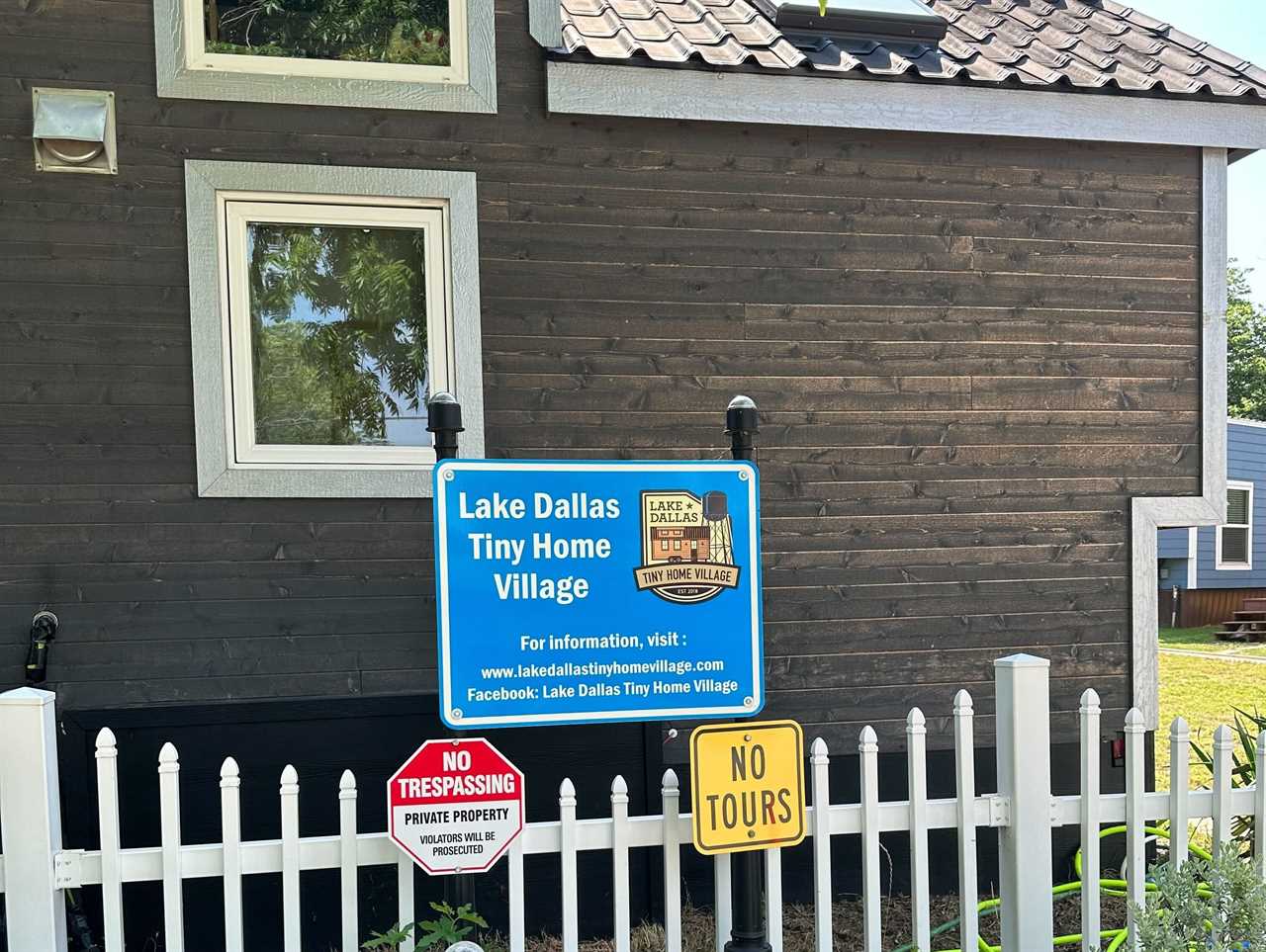
Alcynna Lloyd
Six months later, Lantrip presented the idea to Lake Dallas city officials. They were unmoved.
"The city didn't really understand the concept and was afraid of doing anything, but I knew we needed to make it happen," Lantrip said.
To develop the village, Lantrip spoke with several members of The Dallas-Fort Worth and North Texas Tiny House Community who helped him put together an infrastructure plan.
After "numerous hearings" with the city, the project was finally approved.
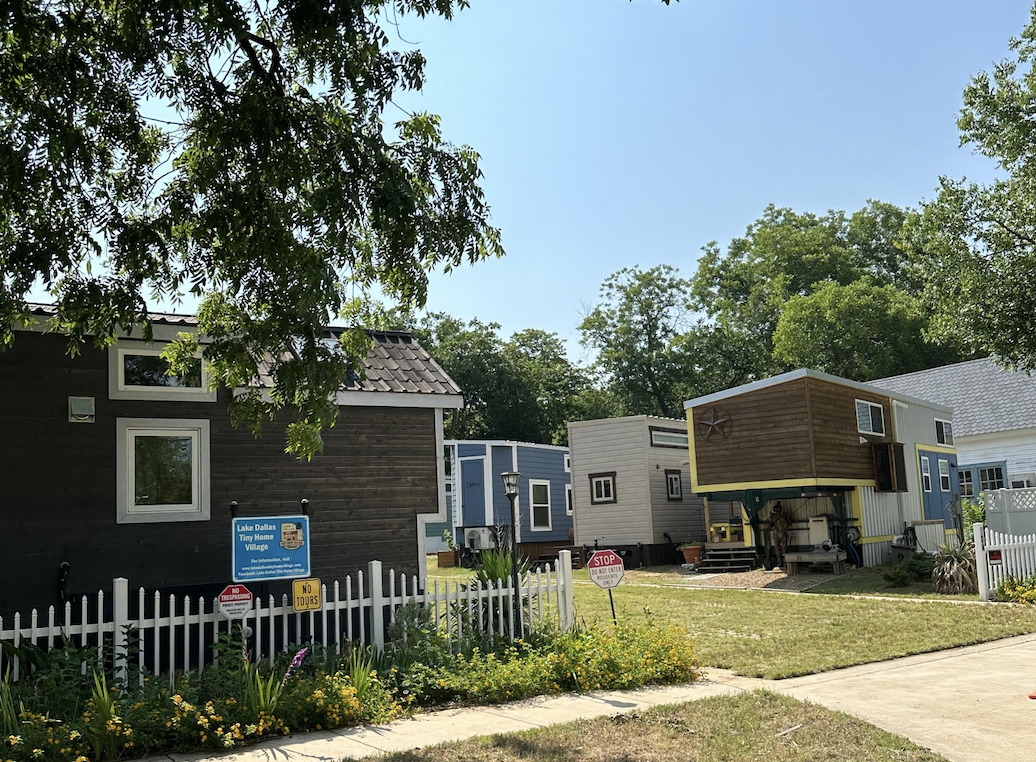
Alcynna Lloyd
In 2017, Lantrip began construction on the property. He installed new water, sewer, and drainage lines, and built a communal laundry room for his future residents.
In 2018, the Lake Dallas Tiny Home Village finally opened with Lantrip as property manager.
The site has 13 rentable lots where residents can park their non-RV tiny homes. Twelve of the village's lots are currently occupied, with a new tenant expected to arrive soon. The waitlist for a spot in Lake Dallas Tiny Home Village is nearly a dozen long.
Residents pay around $700 each month for the site and communal facilities, which include a laundry room, fire pit, and garden.
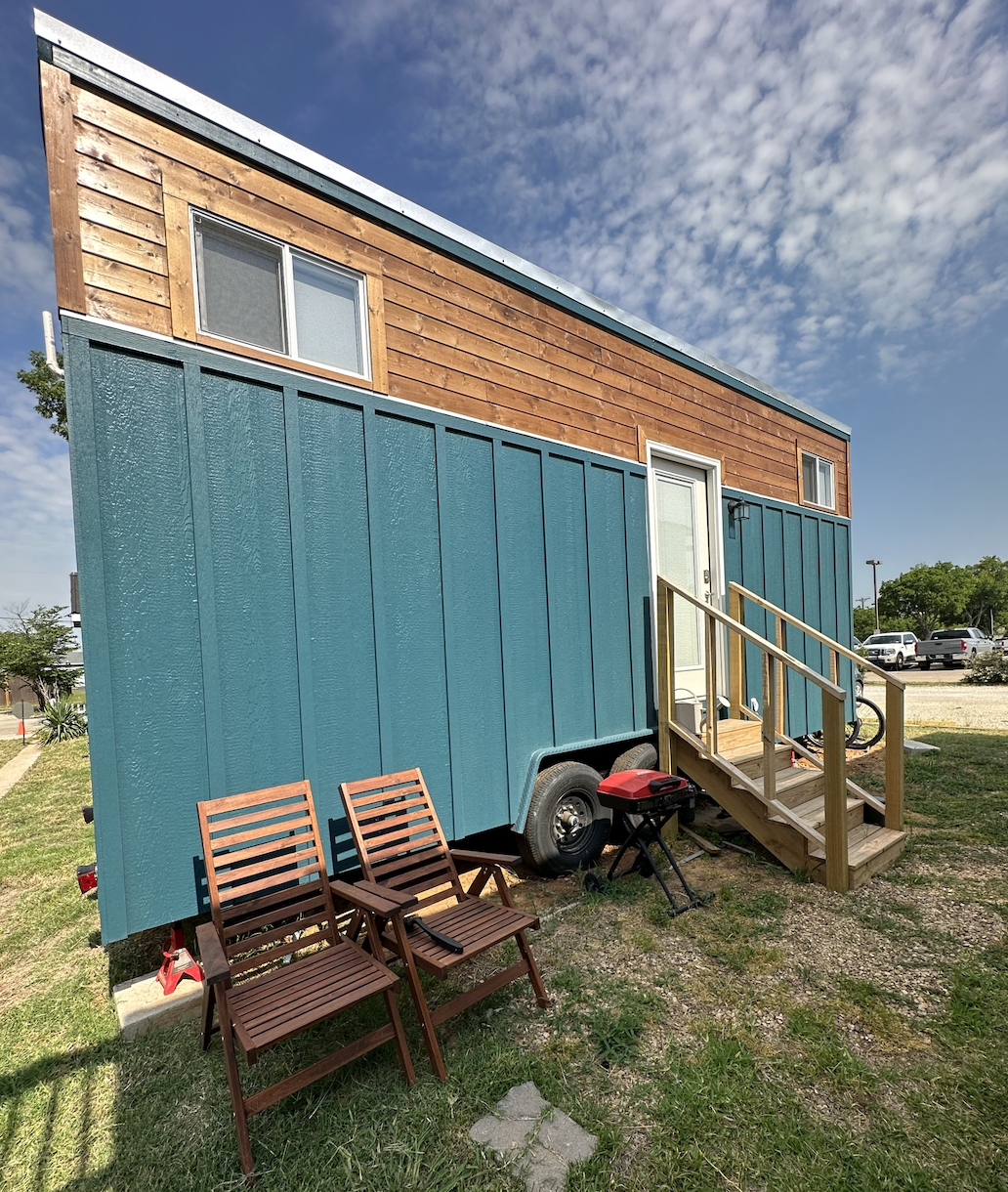
Alcynna Lloyd
Tiny homes have become increasingly popular as Americans reconsider the norms of homeownership and community.
The nation's dearth of affordable single-family homes have also made them an attractive alternative to traditional housing. In several cities like Chicago; Bridgeton, New Jersey; and Albuquerque, New Mexico, they are now being used as solutions for the affordable housing crisis.
He considered affordability in the development of his tiny home village as traditional "homeownership is becoming extremely difficult."
"We have people here that feel that a regular home is almost unaffordable at this point," he said. "I want people to have homeownership. These tiny homes are their homes and they have real value."
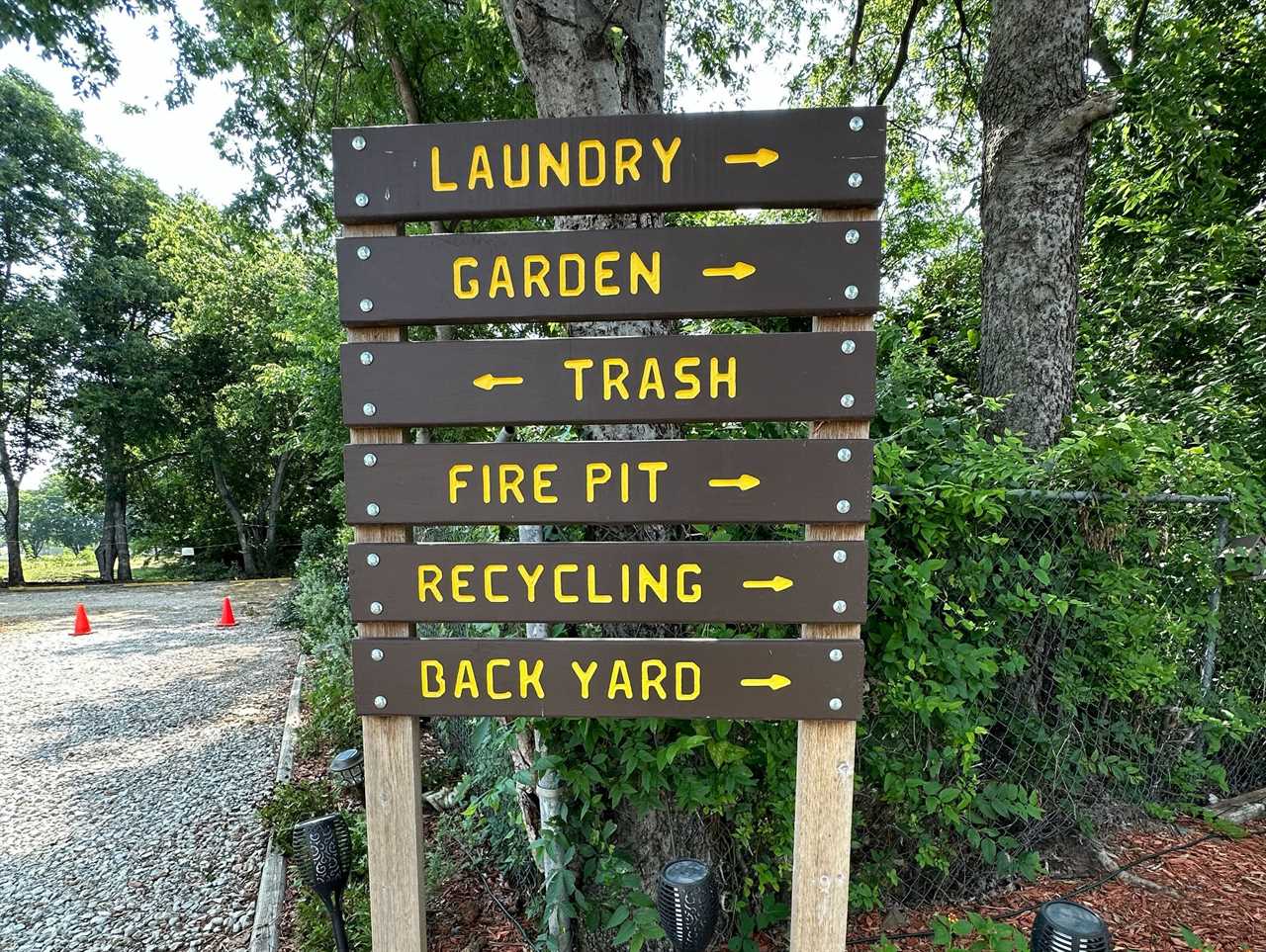
Alcynna Lloyd
Lantrip said the tiny homes renters brought to the village range in price from about $50,000 to $125,000.
While each resident's home is uniquely built, several were constructed by either Indigo River Tiny Homes or Decathlon Tiny Homes. To be approved for the village, each home must be no wider than 8 ½ feet, up to 40 feet long, and about 13 ½ feet tall.
They also have to be inspected by the National Organization of Alternative Housing or a Texas certified inspector, Lantrip said.
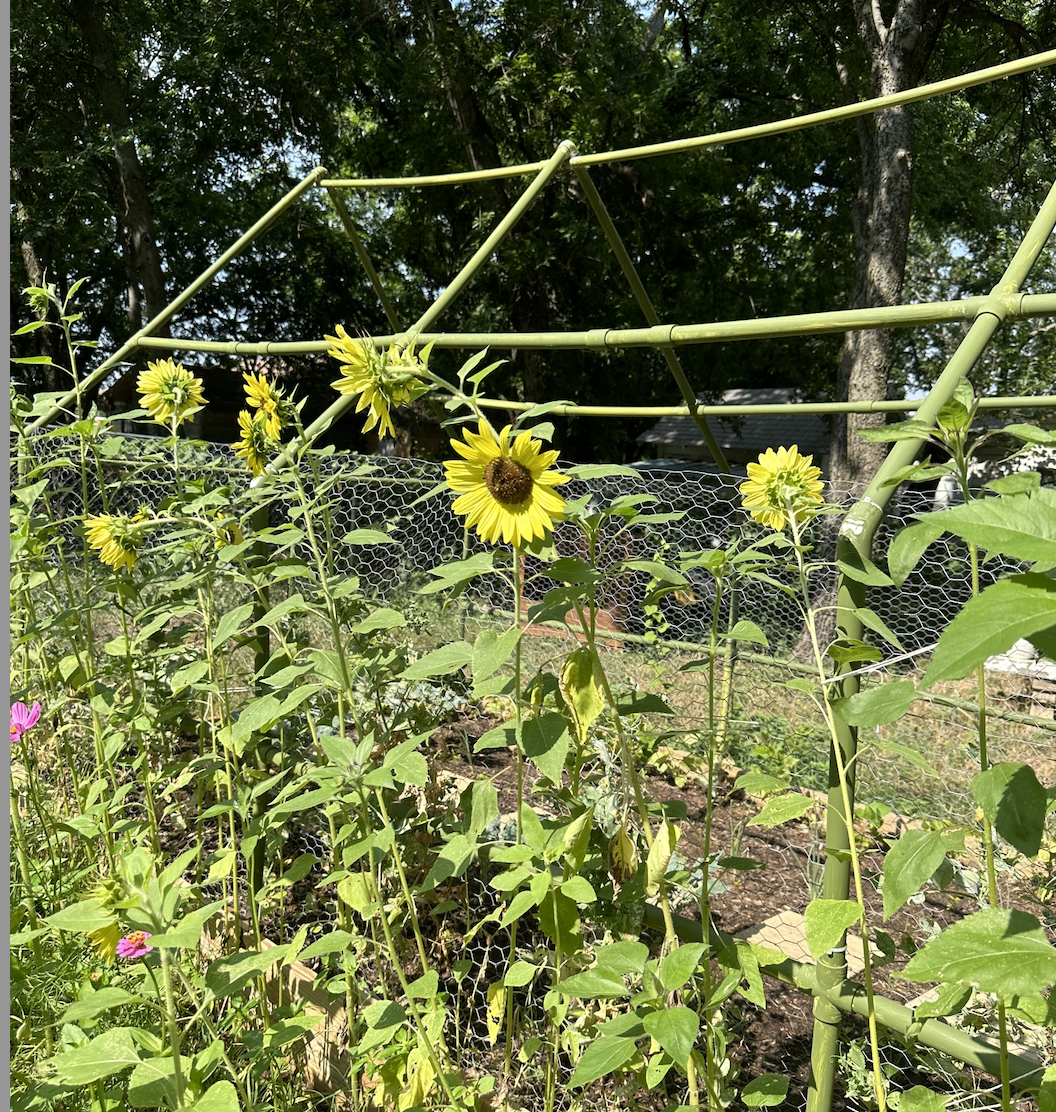
Alcynna Lloyd
Among the village's residents are writers, teachers, and healthcare workers, who Lantrip said come from an array of backgrounds. Despite their differences, they all look out for one another.
"Being a small community, residents are able to get to know their neighbors and help each other out when needed," Lantrip said. "There's a lot of socializing."
The social aspect of the village is by design. The complex features a communal garden where many residents grow and share flowers, vegetables, and fruits.
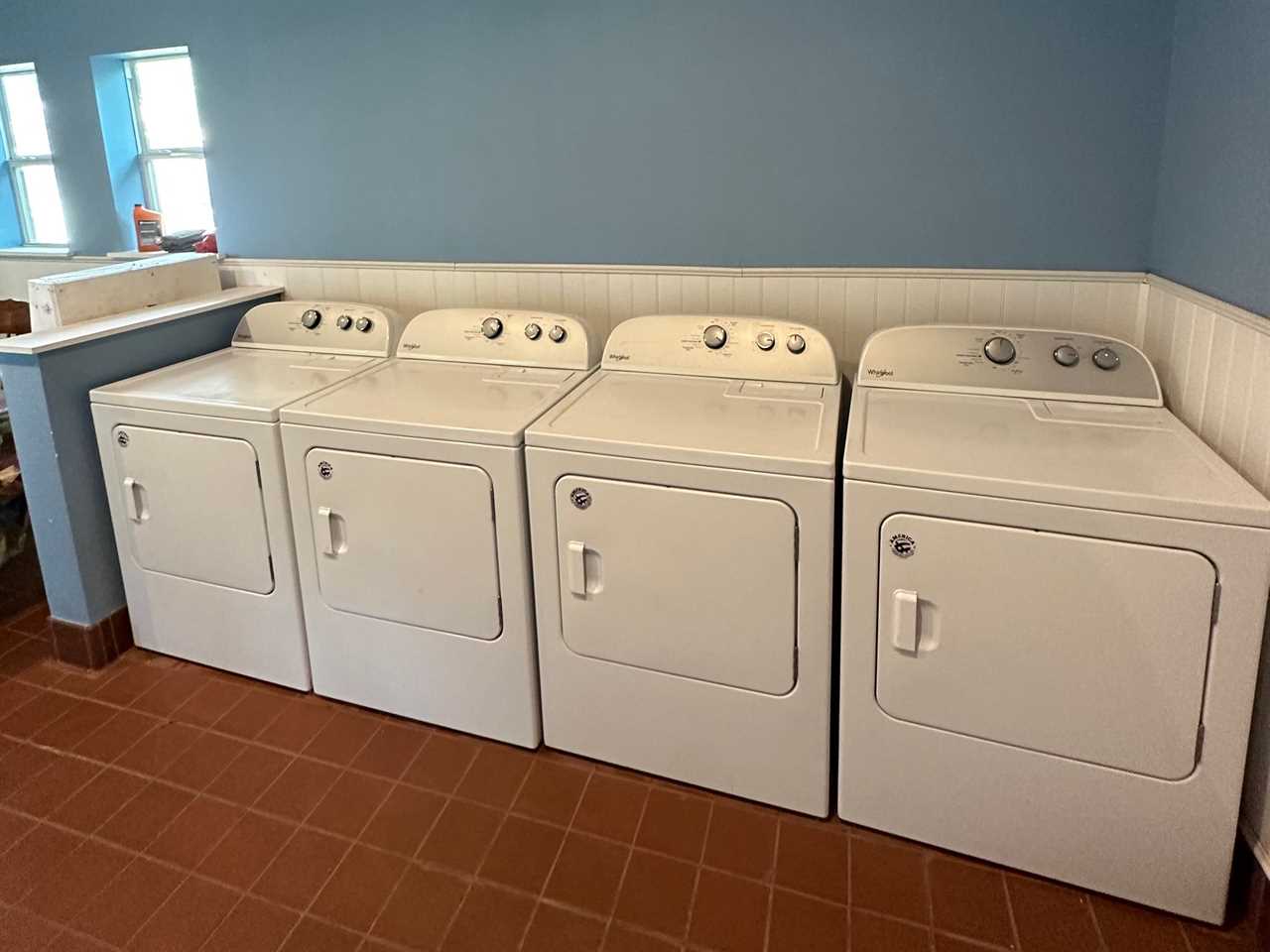
Alcynna Lloyd
The complex also boasts a free communal laundry room, which helps residents save money.
There's also a fire pit where Lantrip said many of the residents gather around most evenings and during holiday celebrations.
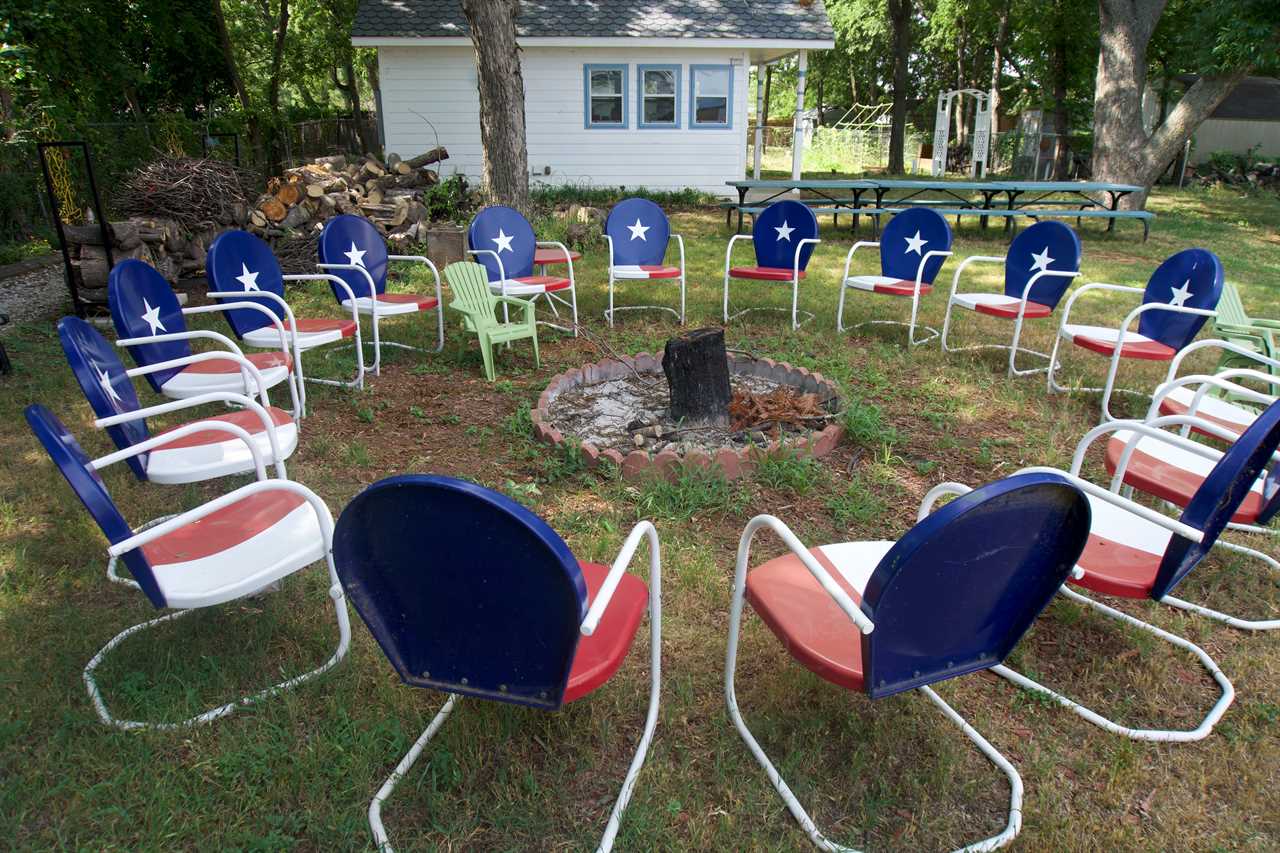
Alcynna Lloyd
"The Lake Dallas Tiny Home Village provides a nice, quiet and safe environment for people," Lantrip said, adding that the village has given more people access to the American dream of homeownership.
Read More
By: [email protected] (Alcynna Lloyd)
Title: A Texas real-estate investor created a tiny home village where sites rent for $700. Its residents get a slice of the American dream, and have formed a tight-knit community. See inside.
Sourced From: www.businessinsider.com/lake-dallas-tiny-home-village-texas-tour-2023-6
Published Date: Mon, 19 Jun 2023 11:00:00 +0000
Did you miss our previous article...
https://trendinginbusiness.business/politcal/generative-ai-could-add-up-to-44-trillion-to-the-global-economy-annually-mckinsey-report-says
.png)



